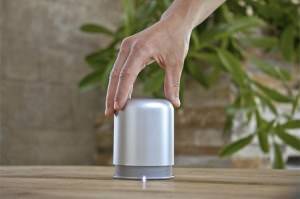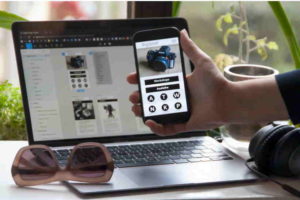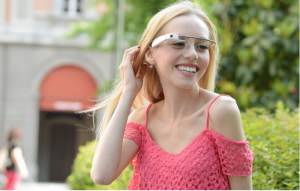How Can Technology Be Used To Increase Workplace Health And Safety?

Tech has plenty of applications in our daily lives and healthcare is not an exception. At-work safety and health have been immensely changed by recent technological developments and in the near future, we will most likely assist in a complete revolution in terms of at-work safety and healthcare programs. The worker today is more informed than ever before and they can benefit from an array of protective services when subjected to unfortunate workplace events. Blockchain technology has been widely embraced by the healthcare industry, although initially used for digital currencies. Companies that are at high risk for workplace injuries are searching for technologies that are due to decrease such events and to minimize injuries and fatalities.
How can tech improve workplace health and safety?
When thinking about technology integration into the workplace, most of us think about boosting employee productivity and profitability. However, technology can be successfully used to help enterprises gain more traction and develop strategies for a better implementation of safety and health measures in the workplace. All companies, regardless of their activity sector are mandated to follow safety and health standards and laws.
Today, employers have facile access to a series of applications that allow them to report incidents with more ease and keep a record of those. Software applications used in a series of corporations allow better employee safety training, monitoring and reporting process, as well as better employee compensation capabilities. Sophisticated software systems today seem to perfect the workplace environment in terms of employee health and safety by assessing risks in advance, inform those in decision-making positions what type of safety equipment is necessary for different high-risk tasks and so on.
Fast communication and real-time data technology
Technology can improve employee safety in a series of ways, mainly through real-time data and fast communication features. In several high-risk industries, employees are demanded to work in remote and isolate areas, which may represent health hazards on numerous occasions. Employees who are demanded to travel for work in high-risk areas may be subjected to theft, kidnaping, vandalism and political issues. Fast communication means and real-time data about their statuses allow employers to keep track of their employee’s safety, measure health and even find out their exact location. Until the recent technological advancements that we witnessed recently, all these would have been impossible.
According to multiple injury attorneys, such reporting tools have changed completely the way in which such employees carry their duties and how liable companies are in instances such as those described above.
Integration of 3D technology and visualization in the workplace
With all the recent technological advancements, 3D visualization technologies allow employees and their employers to grow aware of their surroundings and any potential life threats. Any given environment can now be scanned and analysed by this technology and any workplace instance can be recreated by using such technologies. Workers, as well as employers, will be fully aware of the dangers that they may expose themselves to and this will allow them to know in advance what type of protection and safety equipment will be necessary for to prevent workplace injuries.
Besides, this type of technology allows employees to know in real-time what is happening around, above and below them when working in risky conditions. This technology allows employees to avoid events where big loads are likely to fall on them and cause severe injuries. 3D imaging can also be recorded and these recordings can be used forensically in designing a safer workplace environment in the future.
Drones in the Workplace
While the healthcare industry is severely changed by unexpected technologies, like blockchain technology, the workplace environment finds its unexpected helpers as well. Drones, for example, are more than a tech novelty, they actively bring their fair contribution to a safer and healthier work environment. In the manufacturing industry where safety is a major concern, drones are used to access dangerous are where human workers may be at risk. Places that are too cold or too hot, areas located at a high altitude that cannot be accessed by humans, radiation areas of contaminated areas, all these can now be accessed with the help of these pieces of technology.
Drones can now back up all data that may be necessary to solve manufacturing issues and they can be successfully used to reinforce better communication between manufacturing facilities in case of emergencies. They can be used as warning systems when humans may be in danger and they don’t even realise it. The potential of this technology has been proven to be immense when it comes to workplace safety and health. Drones allow better compliance to all the standards and measures regarding safety and health matters.
Wearables, the gamechanger in health and safety
Wearables have been an area of innovation for quite a while now and in the state in which we find these technologies today, we can safely say that as they are now, smart wearable technology has hanged the way in which the healthcare and workplace environment is designed. Thanks to these pieces of technology, the employee today is able to enjoy higher levels of safety when handling dangerous tasks.
While in the healthcare sector, wearables have already changed the way in which physicians and experts approach each individual and their health concerns, workplace wearables have become widely adopted by various companies as well. Wearables are able to track heart rate and pulse, and they can send notifications to both the employee and management that they are working themselves. This may signal each employee to take a break or even to hydrate themselves and so on.
Smart glasses specifically developed for workplace environments allow biometrics measurements, as well as receiving and sending calls when necessary, without the prospect of the worker to endanger their well-being.
The adoption of widely available technology to reinforce a safer and healthier workplace environment will decrease the chances of fatalities in the workplace, especially in those high-risk industries and positions.







